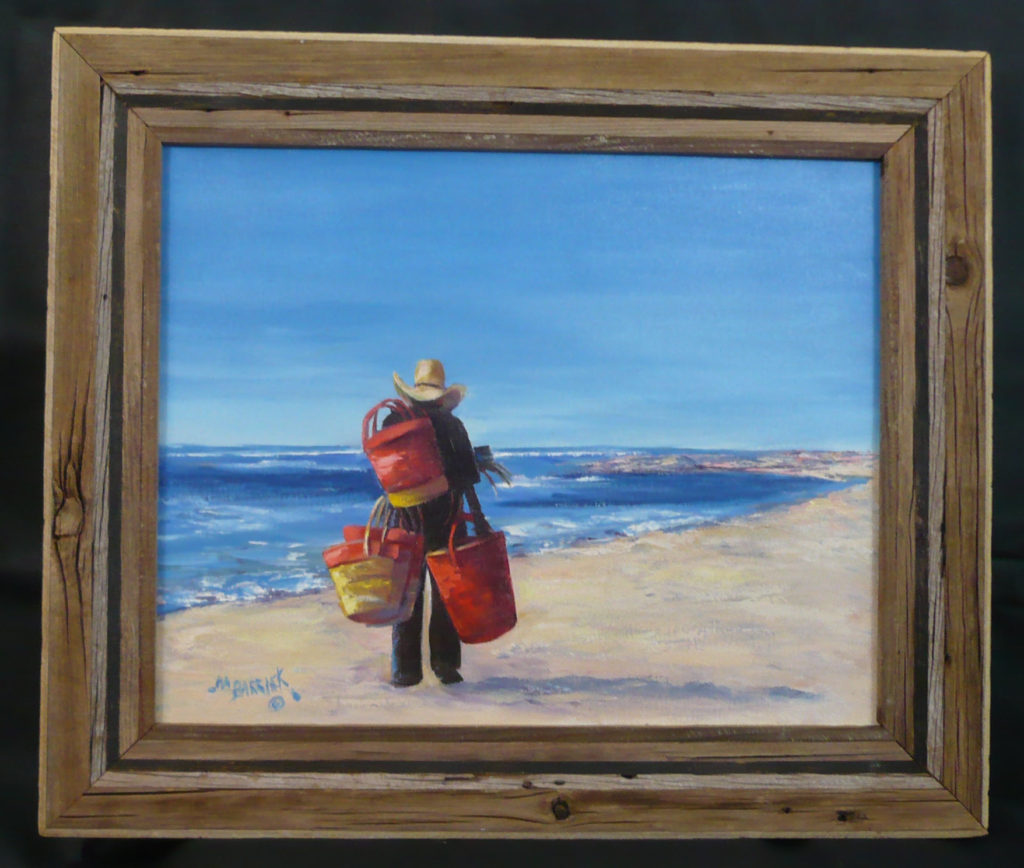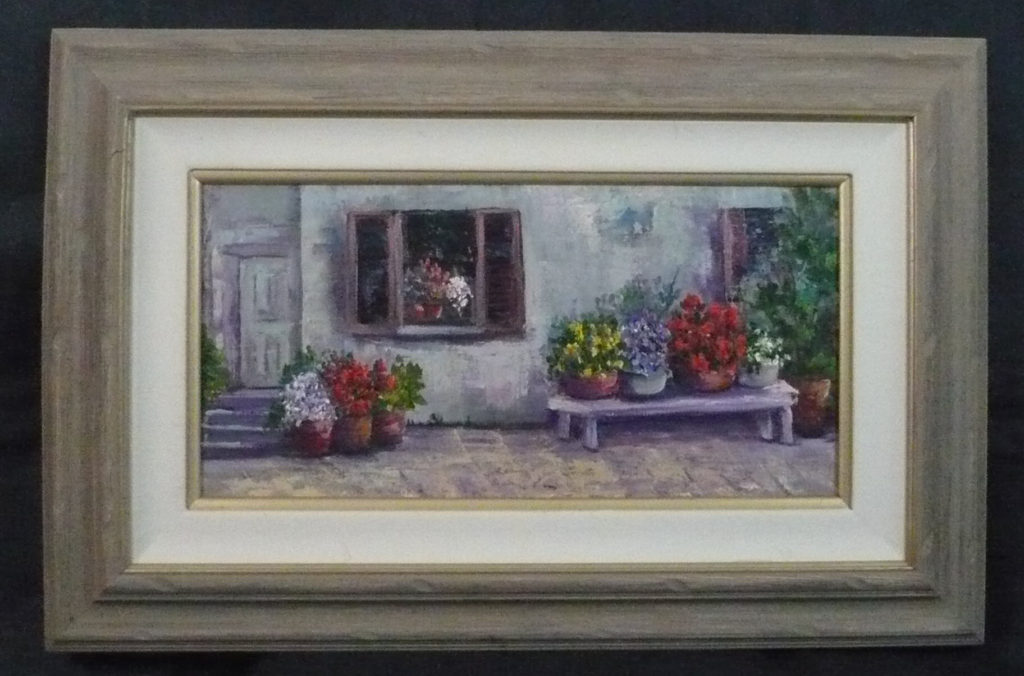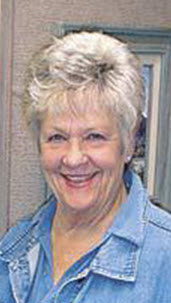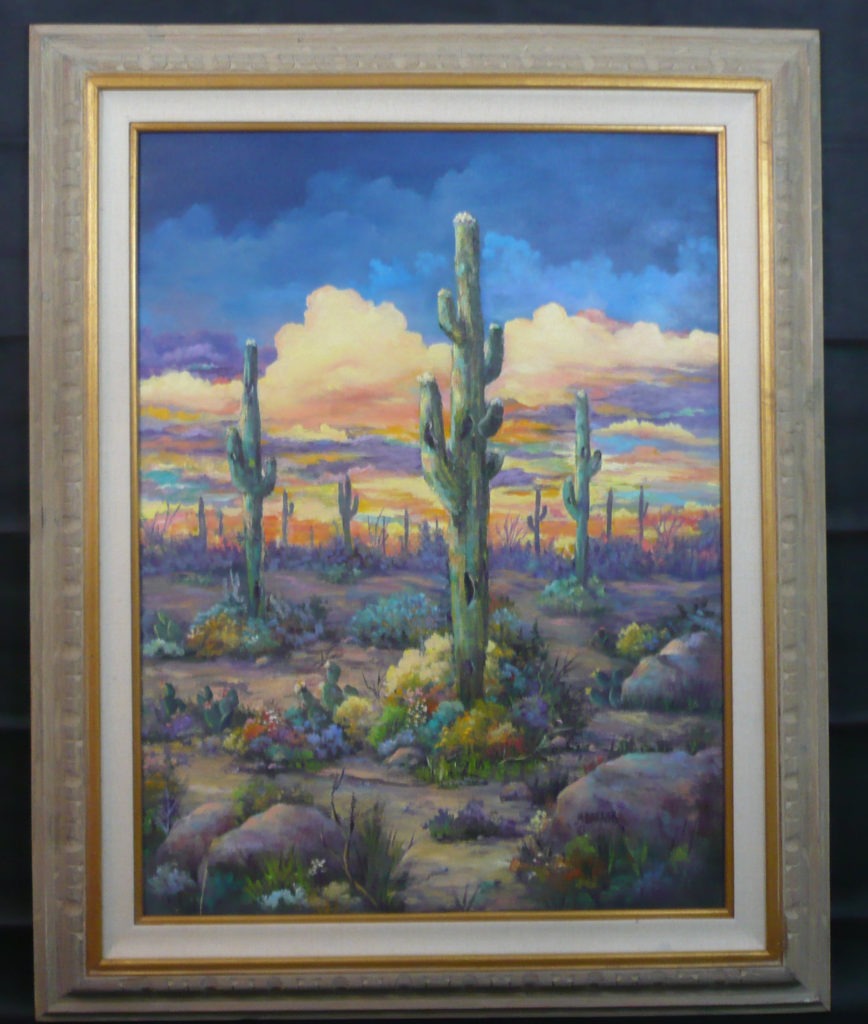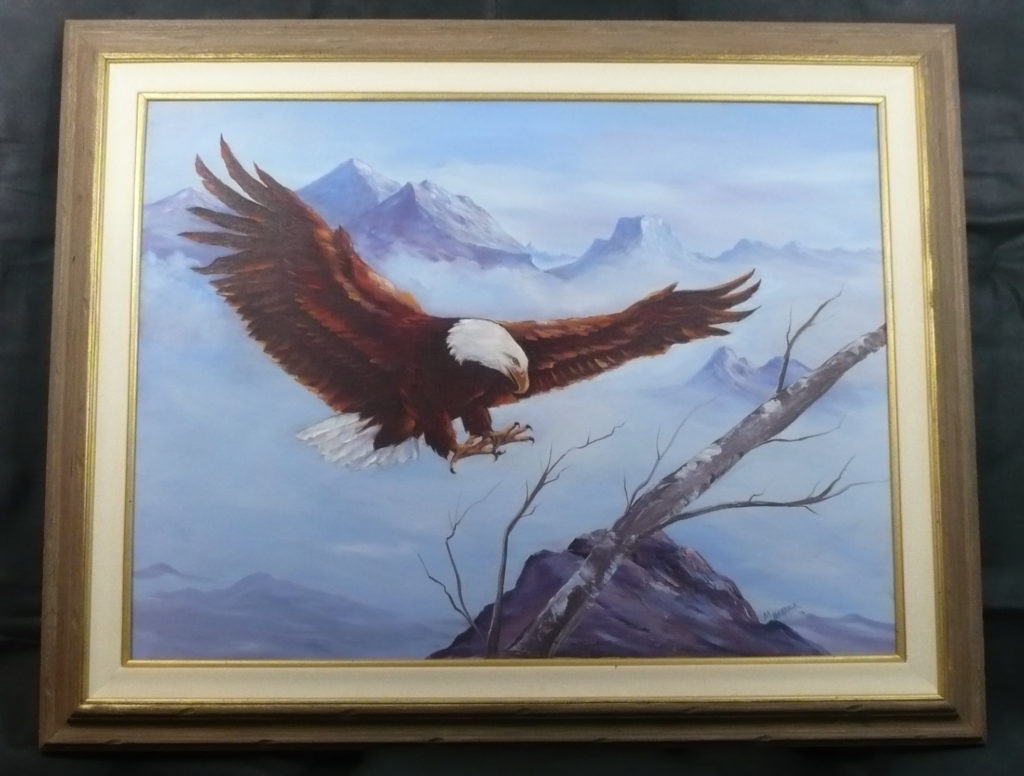“Pinetop” by Monna Barrick
Enhanced Giclée Painting #31:
“Pinetop” 24×36 Framed
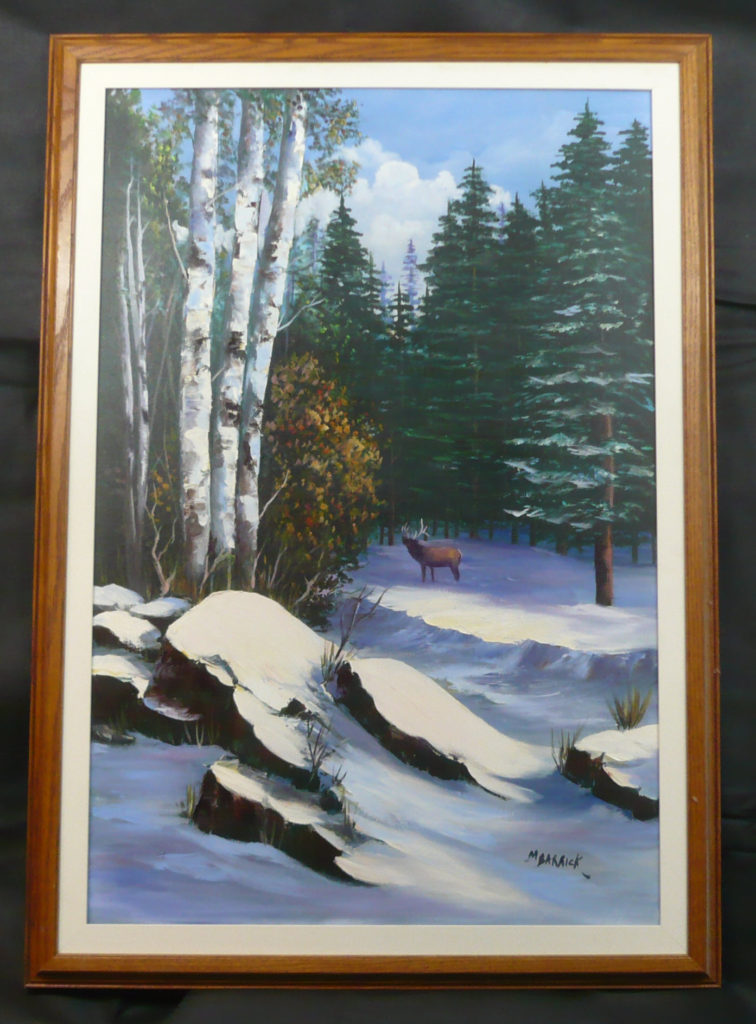
- Info From: https://www.pinetoplakesideaz.gov/
Pinetop-Lakeside – A Perfect Place To Live, Work & Play!
At an elevation of 6,800 feet, Pinetop-Lakeside is surrounded by the natural beauty of the White Mountains, the Apache/Sitgreaves National Forest, and the Fort Apache Reservation. Hiking, biking, horseback riding, hunting, and fishing are popular recreational activities; camping and picnic facilities are provided throughout the area, and the White Mountain Trail system provides over 180 miles of developed multi-use trails.
Founded in the early 1880’s by Mormon pioneers, Lakeside derived its name from the area’s lakes, while Pinetop was named for a saloon keeper who served the Fort Apache soldiers. The two communities of Pinetop and Lakeside incorporated as one town in 1984.
Here, sunny skies and four classic seasons enhance a variety of activities. In winter, visitors can enjoy sledding or tobogganing, snow boarding, ice-fishing, and, of course, world-class downhill and cross-country skiing at the nearby Sunrise Park Resort. Miles of groomed trails and first-rate facilities draw enthusiasts from around the world.
Spring, too, is a special time. Frozen lakes and streams open themselves to fishermen (some of the best fishing of the year can be found in spring), boaters, hikers and adventurers. Meadow grasses turn green, and wildflowers dot the landscape; as the earth rejuvenates, so does the spirit.
In summer, with stubborn patches of gleaming snow still clinging to her summits, the White Mountains offer visitors a variety of scenic attractions and an unlimited array of outdoor activities. Some 50 alpine lakes and 800 miles of cold, crystal clear rivers and springs draw visitors throughout the season to this mountain playground.
Autumn is a favorite season for many, when the land and its inhabitants prepare for the coming snows. The White Mountains offer a change of colors to rival any in the nation, with the added pleasure of relative solitude. Wildlife is abundant, trails are not crowded. Hunters and fishermen enjoy spectacular sport; hiking and sightseeing are at their best.
In the White Mountains, whatever the season, whatever your interest, it’s always the right time to visit, and you are always welcome!





